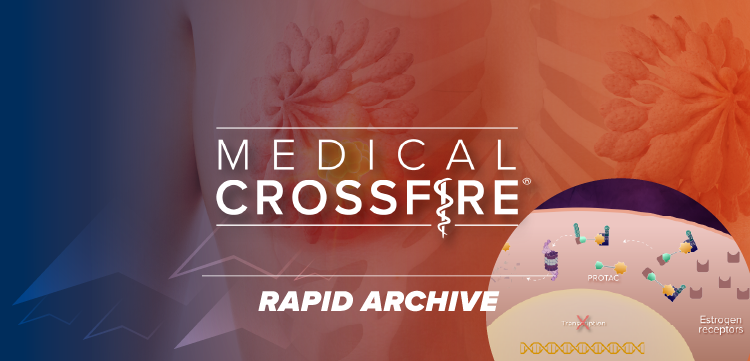
How TCS and TCIs Fit Into Modern Atopic Dermatitis Care
An expert discusses the benefits and risks of topical corticosteroids (TCS) and calcineurin inhibitors in atopic dermatitis (AD) treatment, highlighting patient concerns about long-term adverse effects and withdrawal, while emphasizing emerging nonsteroidal therapies as promising safer alternatives for personalized care.
Episodes in this series

TCS remain a cornerstone in treating AD, available in low, medium, and high potencies. Although TCS are effective in quickly controlling flare-ups, long-term or repeated use can cause adverse effects such as skin thinning, stretch marks, acne, bruising, and unwanted hair growth. These risks require careful management of steroid potency and duration based on the eczema’s location and severity. In contrast, topical calcineurin inhibitors (TCIs) have been used for years, especially in sensitive areas such the face and genital regions. Although many patients experience burning or stinging when starting TCIs, this often leads to misconceptions about allergies. Despite past concerns linked to cancer risk warnings, data from long-term studies show no increase in malignancy with topical use.
A recent survey involving adults with AD and caregivers revealed that most have used topical steroids, with many applying them for extended periods—some for over a decade. Nearly 80% of patients expressed concerns about potential long-term adverse effects, and many reported symptoms associated with topical steroid withdrawal syndrome (TSWS), including burning skin, peeling, intense itching, and even mood changes such as anxiety and depression. However, dermatologists rarely observe TSWS when patients receive proper guidance on steroid use and limited refills. An example patient developed stretch marks after prolonged steroid use, emphasizing the need for cautious, monitored treatment.
New nonsteroidal topical therapies represent a significant advancement in AD management. These options are effective even on thicker skin areas and offer alternatives to traditional steroids and calcineurin inhibitors. When polled, nearly half of clinicians were somewhat familiar with these newer treatments but had not yet used them, while about a third were very familiar and incorporated them into their practice. These innovations offer hope for safer, longer-term management of atopic dermatitis and provide more tailored treatment options for diverse patient needs.
Newsletter
Enhance your clinical practice with the Patient Care newsletter, offering the latest evidence-based guidelines, diagnostic insights, and treatment strategies for primary care physicians.














































































































































































































































































